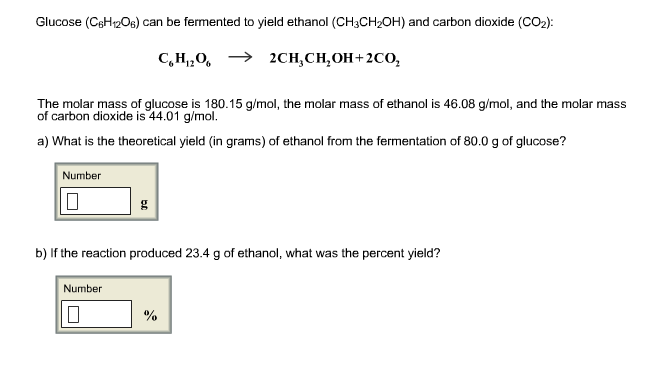
The atomic mass of chlorine is 35.45 g per mole, while the atomic mass of sodium is 22.99 g per. As an example, if you need to do figure out the molar mass of NaCl, you’ll have to find the atomic mass of both sodium and chlorine. Doing this should give you the molar mass of a compound which is comprised of various kinds of atoms. You’ll then have to sum together the constituent atoms’ atomic mass. Another method of determining the molar mass of a substance is taking the molar mass constant, which is 1 g per mole, and multiplying it by the atomic mass in AMU. The characteristic molar mass of an element is equivalent to the atomic mass in grams per mole of that element. Because of the relationship between Avogadro’s number and the molar mass, it can be inferred that for 7.88 g of titanium contains 6.022×10 to the 23rd atoms of titanium. The molar mass of titanium is approximately 47.88 g per mole or 47.8 atomic mass units. The result of this calculation is usually given in grams per mole. This relationship holds true regardless of how the calculation is being done, whether or not the calculation is being done in atomic mass units or grams per mole.Ī substance’s molar mass can be determined by taking the mass of the substance and dividing it by the quantity. In the case of pure element, the atomic mass of the element will be equivalent to the mass possessed by one molecule of that element. There is a definite mass that exists for every mole of a substance, and in addition, every ion or atom of the substance has its own mass. You couldn’t directly measure the number of moles in a sample without knowing the molar mass of the substance. It is important to know the molar mass of a substance because molar mass can be used to translate between the mass of the material and the number of moles in a sample of a given substance.

For example, 18.015 atomic mass units happens to be water’s molecular weight, and the weight of one mole of water is approximately 18.015 g. To briefly sum up, the mass that belongs to one mole of a substance will be equal to the molecular weight of that substance. This relationship can be represented like this:ġ mole of H2O = 2 × 6.022×1023 of Hydrogen + 6.022×1023 of Oxygen. One oxygen atom and two hydrogen atoms combine together to create one molecule of water, and therefore one mole water is made out of a mole of oxygen and two moles of hydrogen. Let’s look at an example of how moles can simplify the representation and calculation of chemicals. Avogadro’s number must be utilized to interpret how the chemicals interact with one another, and how the molecules within the chemical samples are combined. When computations that involve two or more different chemicals are carried out, using both moles and Avogadro’s number is required. The weights of substances are compared with the number of atoms within that substance (as defined by a number of moles), which is done because weight is fairly easy to keep track of as compared to the number of atoms in the chemical sample. By standing in for 6.022×10^23 atoms, moles enable computations involving chemicals. That said, scientists still need a unit of measurement that is capable of representing billions of elementary entities. Chemical interactions involve billions of atoms interacting with one another and being rearranged, however, it’s impractical to try to represent the movement of billions of atoms or visualize said atoms. This number of atoms is 6.022×10^23 and it is referred to as Avogadro’s number.Īvogadro’s number and the mole are important concepts within chemistry.

One mole has an equivalent number of elementary entities to the number of atoms found within 12 g of carbon 12.

Elementary entities are atoms or molecules. Moles are used by scientists to keep track of how many elementary entities are within a sample of chemicals. A mole is a unit of measurement, used to measure the quantity of a given chemical substance. However, this definition doesn’t help much if you don’t know what a mole is. What Is Molar Mass?Ī chemical substance’s molar mass is the amount of mass that a single mole of that substance has, the mass that one mole of a given substance possesses. To understand why knowing oxygen’s molar mass is important, we first have to understand what molar mass is and how it relates to doing calculations in chemistry. Oxygen has an atomic number of eight, and the molar mass of oxygen is approximately 15.9994. Oxygen is one of the most abundant elements on planet Earth and in the universe.


 0 kommentar(er)
0 kommentar(er)
